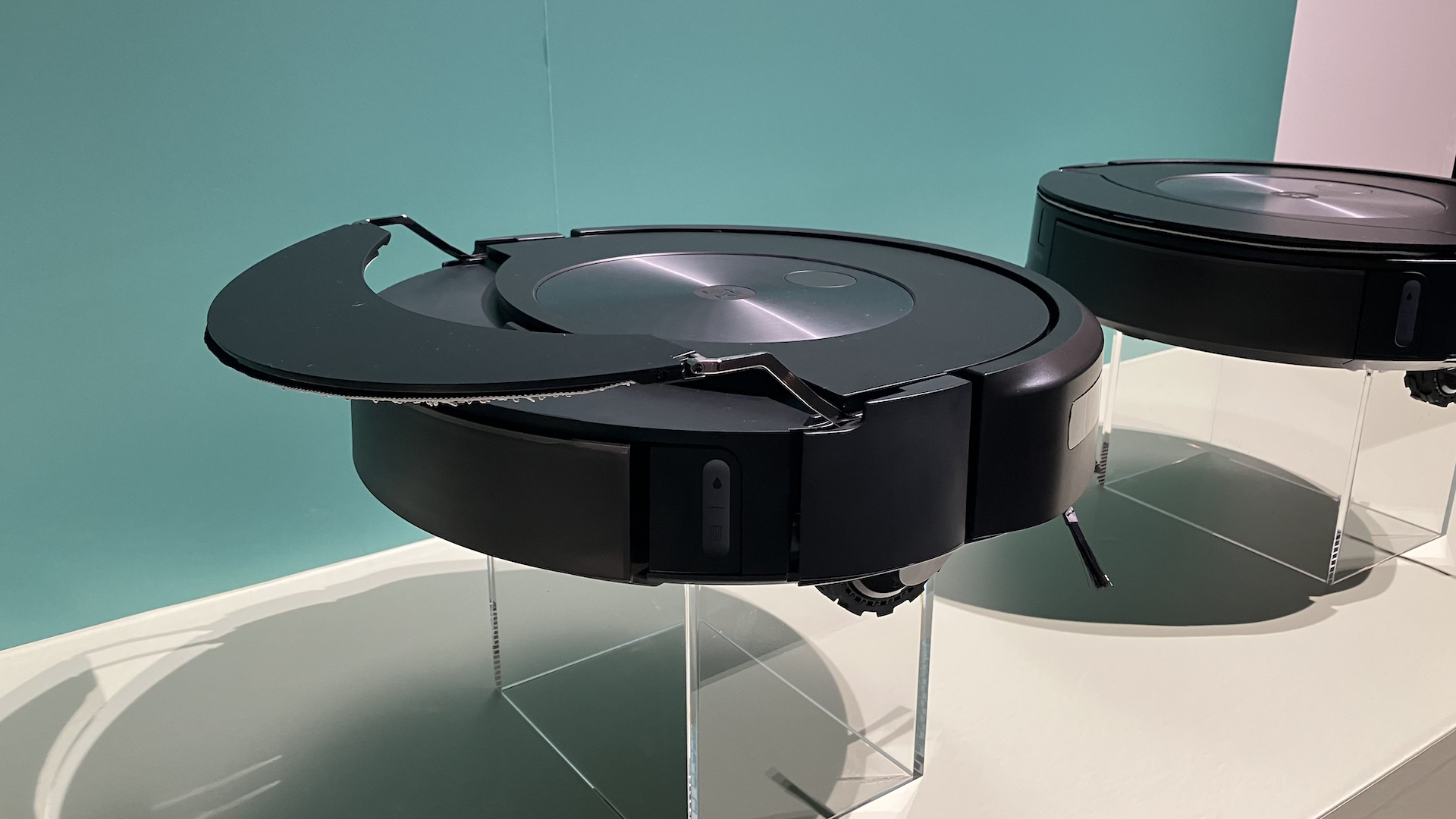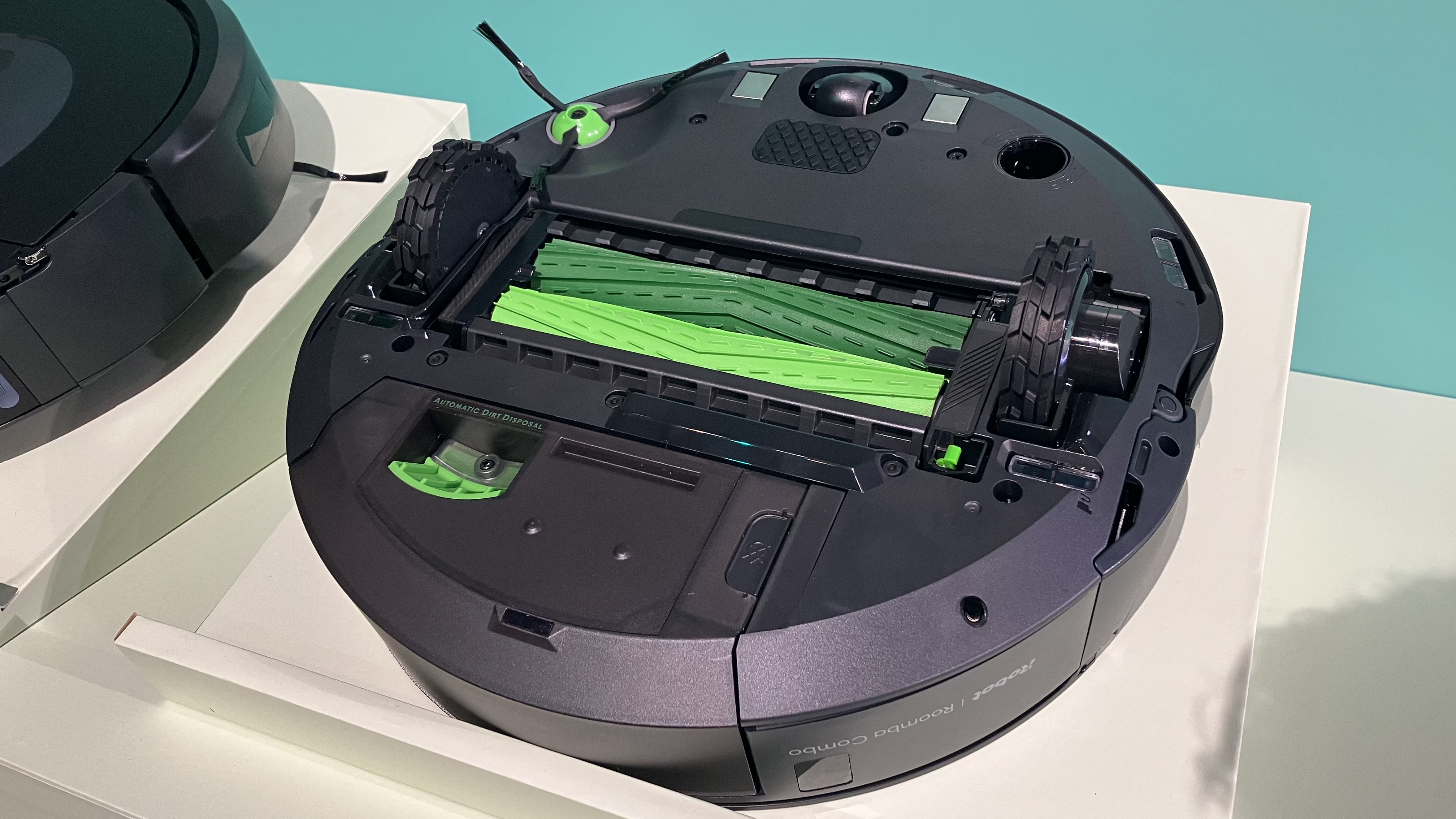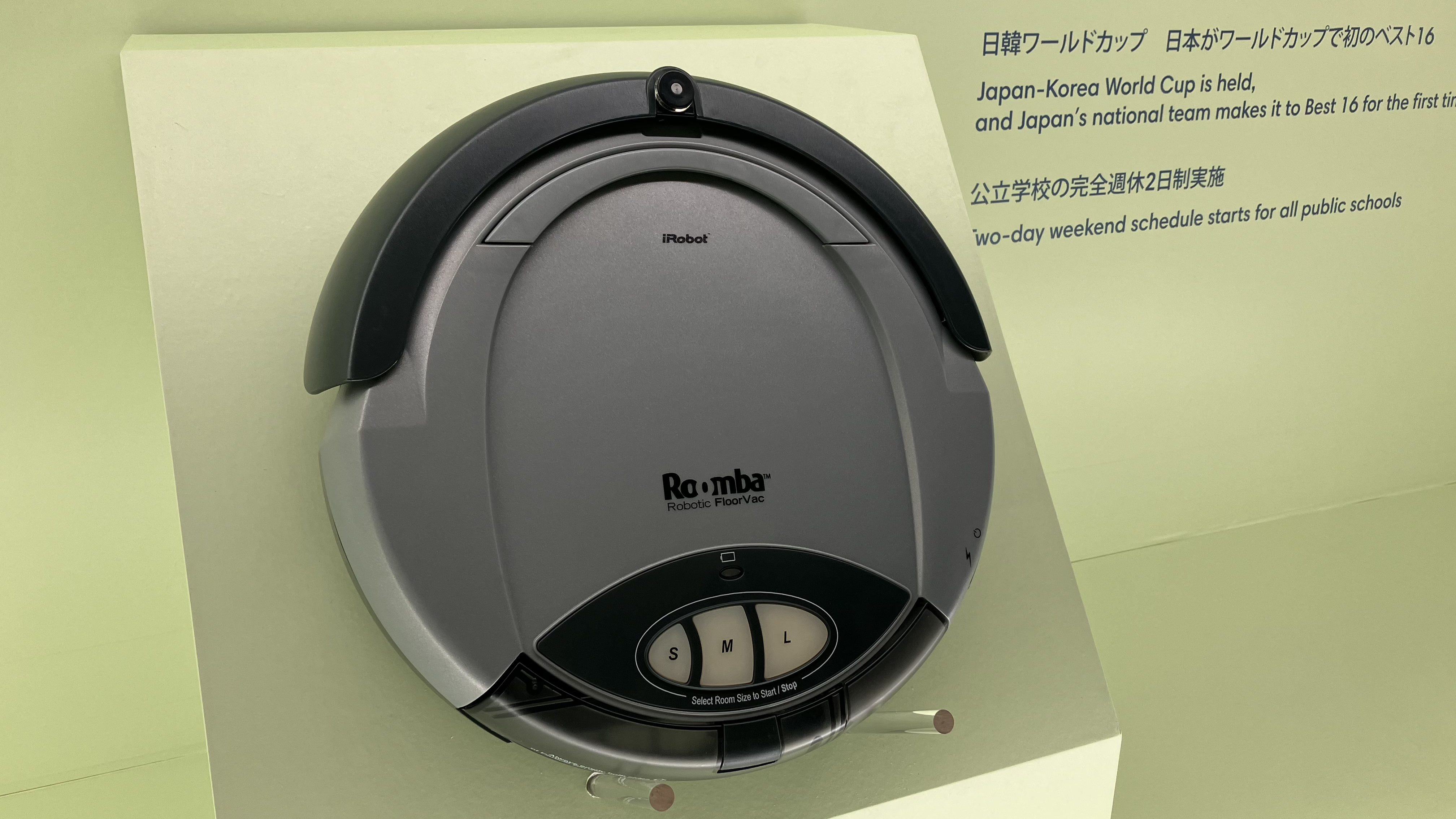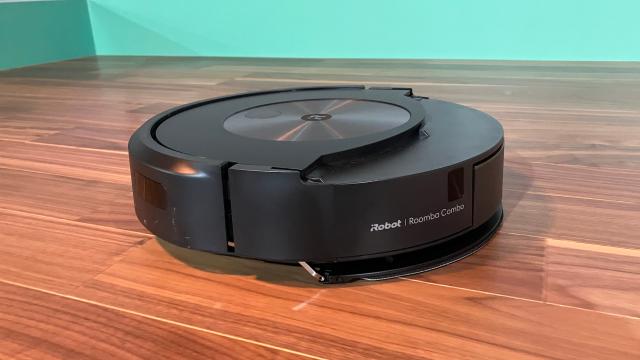Recently, Gizmodo Australia was invited to check out the Japanese launch of iRobot’s fancy new two-in-one robot vacuum, the Roomba Combo j7+. What makes this particular vacuum special is that it’s the first of its kind to feature a mopping pad that, when the robo-vac senses carpet, will fully retract onto the device.
While there, we also had the chance to speak with Kaori Fujita, the product marketing manager of the Roomba Combo j7+ in Japan, where we discussed all things robo-vacs. Outside of the Combo j7’s innovations and the evolution of the device’s “smarts”, we were pretty interested in discussing how the brand is approaching the topic of data security.
While iRobot has pledged its dedication to the privacy and security of its customer’s data – it has obtained both the TRUSTe Certified Privacy Seal and the third-party TÜV SÜV Cyber Security mark for the Combo j7 – the topic is still a burning issue for so many consumers, especially as the news of Amazon’s controversial acquisition of iRobot is still quite fresh.
This interview has been edited for length and clarity.

Gizmodo Australia: I was interested in the Combo j7’s data security. Recently in Australia, we’ve had a lot of issues with some cybercrime and big companies having their data leaked for thousands of customers. It was mentioned that this vacuum has one of the highest levels of cybersecurity possible. Could you kind of walk me through the process that went into getting that authorised? What are the parameters you had to meet to have such secure data and keep people’s private information safe?
Kaori Fujita: For the apps, there’s a setting for opt-in or opt-out. So in that sense, we get consent from the customer. For the Combo j7, there’s object recognition, so the Roomba sends [the user] image reports to provide feedback. But there’s also a consent process as well. So the customer would need to click “yes” if they’re okay with sharing the image.
Giz: So if I didn’t consent, would it store data locally in the app on my phone? Would it store the floor plan or does not consenting also limit what data is stored? Would I have to give it new data every time?
KF: For the image data, unless there is consent from the customer, the data is stored locally in the app and in the robot only, so there’s no access from iRobot. For the Floor Plan or the map layout, the camera sensor is used. So if the customer does not consent and removes the check, then the map study function will not be used. It’s a choice by the customer, whether they prefer the function or they prefer more privacy.

Giz: If they want the function, how is that data being protected? Is it using encryption? Is it being stored on a cloud system?
KF: Yes, the data is encrypted when being transmitted, and the data is stored in the iRobot cloud database.
Giz: With the voice controls, I saw it mentioned that it was already Alexa enabled. It seems like Siri is limited to more basic functions, whereas Alexa is more detailed. Will iRobot be updating that functionality as time progresses, so you can do more complex tasks with Siri?
KF: I forget how many years ago, but when Alexa and Google Home, now Google Nest, were launched we were working in the background with Amazon and Google. So that at the time of the launch, we were able to provide the service immediately. We have a good relationship with them. For Alexa and Google, we started with basic commands as well, like “start” and “end” but evolved gradually, like scheduling settings. It’s a relatively new phenomenon that we’re enabling the Siri shortcuts, so it’s going to be a gradual process.

Giz: Do you know if there are any plans to use artificial intelligence and machine learning to make the vacuum smarter and more uniquely personalised for the house that it’s in?
KF: Yes, of course. The concept is already in play. So for example, learning the [home’s] layouts and studying [that data] each time to become smarter about the layout. That’s one thing. And for object recognition and avoidance, the data from the cloud and the customer’s data are being compared by machine learning to get a more precise recognition.
Giz: Robotic vacuums are more of a specialty piece of technology. Not a lot of people own them in the same way that everyone has a laptop or an iPhone, but more people seem to be buying them. Why do you think that is?
KF: In Japan, iRobot has been very proactive in, for example, advertising and increasing the recognition of the general public. We especially see strong demand from busy dual-income households, in Tokyo and in large metropolitan areas, as well as families with small children, like babies and infants. And we’ve seen a phenomenon that’s different from seeing a TV commercial, and just seeing it in your friend’s home instead. It suddenly feels more accessible and that is prompting more people to purchase.

Giz: The retracting pad is a first for iRobot and this is the 20th anniversary of Roomba. Where do you see this type of technology going? What do you think an iRobot vacuum would look like in maybe five years?
KF: This may be my personal view, but iRobot is a company that responds to customers’ needs or benefits, and the technology that supports this doesn’t have to be visible to the customer. So we may have more of these very visible technologies in the future, but I think more of the development will be unseen, while still making the customers’ lives more comfortable.
Giz: In terms of accessibility, the presentation mentioned that you can lift up the pad to remove the mop, which I think is good for users who are maybe disabled or elderly and can’t pick up a whole vacuum. Is there any kind of plan for more developments for accessibility in the future?
KF: This may not exactly be accessibility, but we are developing products so that it’s easier for anybody to use. So people don’t need to intervene or do anything and can just leave it to the robot. In that sense, I think the direction is making it easier to use for everybody.
By itself, the iRobot Roomba Combo j7 retails for $1,699, while the iRobot Roomba Combo j7+, which includes the Clean Base, will set you back $2,199.
